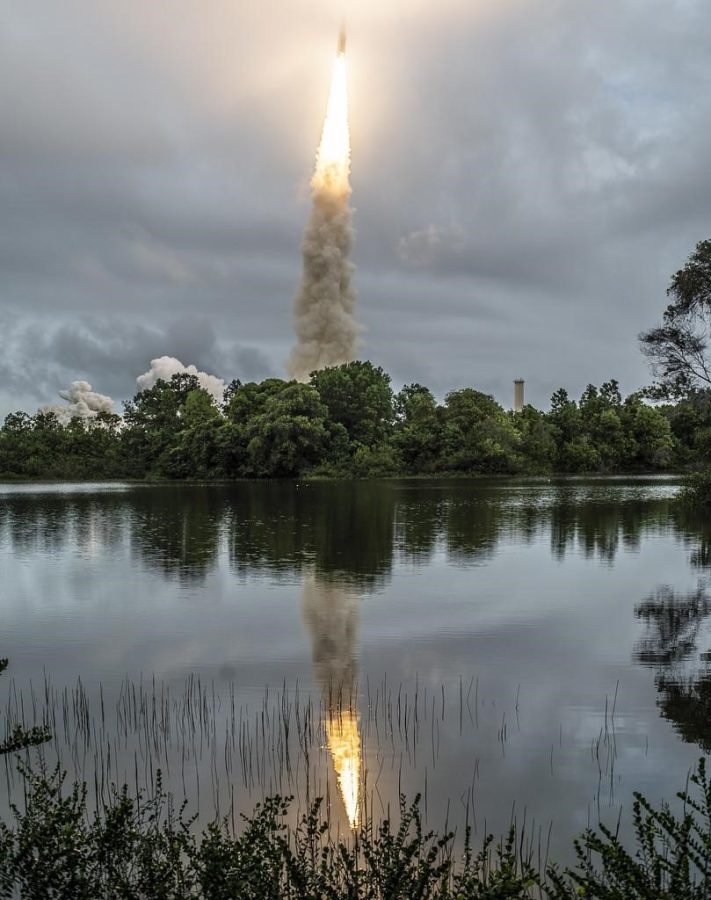Will This New Telescope Help Uncover the Secrets of the Universe?
January 18, 2022
The James Webb Space Telescope, which launched into space on December 25th, 2021, has the potential to unravel secrets about the origins of the universe and even inform scientists if humans could eventually live on other planets.
When the project first began in 1996, it was called the Next Generation Space Telescope, but in 2002, it was renamed to the James Webb Space Telescope to honor James Webb, the NASA administrator who oversaw the Apollo missions. At the time, the project was expected to cost around $500 million. However, the estimated cost of the project was $4.5 billion five years later, and the final cost of the project totaled $10 billion.
The project was first expected to be completed in 2007, but several problems interrupted the mission’s progress. At one point, the House Appropriations Committee of Congress recommended that the project be canceled for budgetary reasons. While politicians ultimately ended up keeping funding for the project, the spacecraft later encountered technical issues. The COVID-19 pandemic also proved problematic for the spacecraft, leading to an additional delay. When the spacecraft finally launched in December, it was 14 years behind schedule.
Thirty days after launch, the spacecraft will have traveled one million miles to a location called a Lagrange point, or a gravitationally stable point in outer space. The mission will then orbit the Sun. The telescope is capable of taking detailed photographs of objects in outer space.
The scientific community is hopeful that the project will help advance the current knowledge of science in many different ways. The telescope may help scientists learn about the origins of the Universe. After the Big Bang created the modern Universe, there was a period of time in which no light was visible because the Universe was too hot. This mission will be able to observe the time when light could first be seen. Other topics the telescope will investigate include the formation of stars and galaxies and the possibility of planets other than Earth having conditions suitable for sustaining life.
This $10 billion dollar endeavor demonstrates the power of collaboration in science. To build the telescope and send it to outer space, three space agencies worked together: NASA, the European Space Agency, and the Canadian Space Agency. More than 300 universities, companies, and other organizations spanning 29 states and 14 countries contributed to the launching of the James Webb Space Telescope.



